Although now associated with the eponymous shopping centre, the Overgate was once one of Dundee’s main roads, running from the West Port to the High Street. Known in earlier times as Argyllgait, a name later recycled for a nearby road, the Overgate has a long history, being one of Dundee’s mediaeval streets. Along with Nethergate, Murraygate and Seagate it was one of the four principal roads that led off from the High Street. This gave the central street plan a shape that has been likened to a human body (and which would form the inspiration for the Dundee 800 logo in 1991).

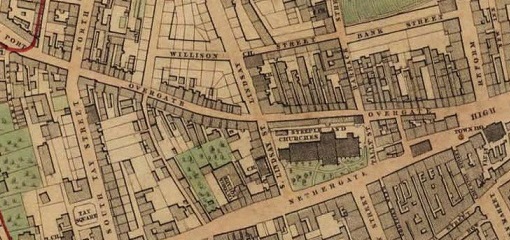
Over the years parts of the Overgate became very rundown. While it remained a busy thoroughfare, it gained a reputation as dirty as well as having associations with crime and lawlessness. The diarist John Sturrock recorded on 25th February 1865 that he “Went up the Overgate and came down it again and don’t think I was ever so disgusted with it as I was tonight, for what with the smell of spirits and tobacco I thought I would have been choked before I got out of it. By the early 20th century the Overgate was notorious for having some of the poorest housing conditions in Dundee as well as having a reputation being home to “dens of vice and inequity” according to a Courier report in November 1907.
Some small improvements were made, and the Overgate remained one of Dundee’s busiest streets and was home to many well-known and popular Dundee shops and businesses including Franchi’s restaurant.
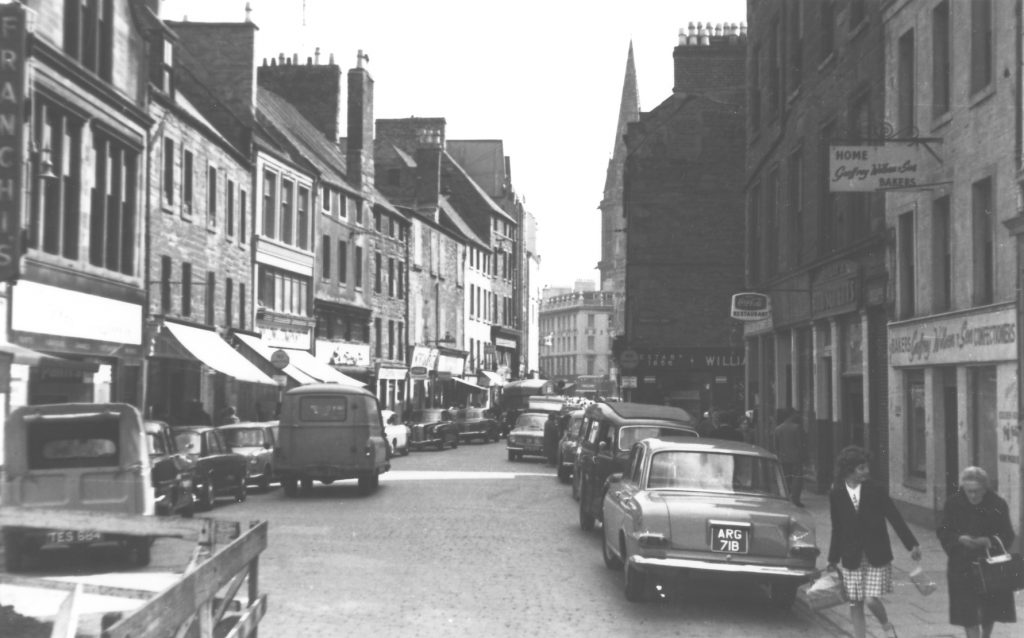

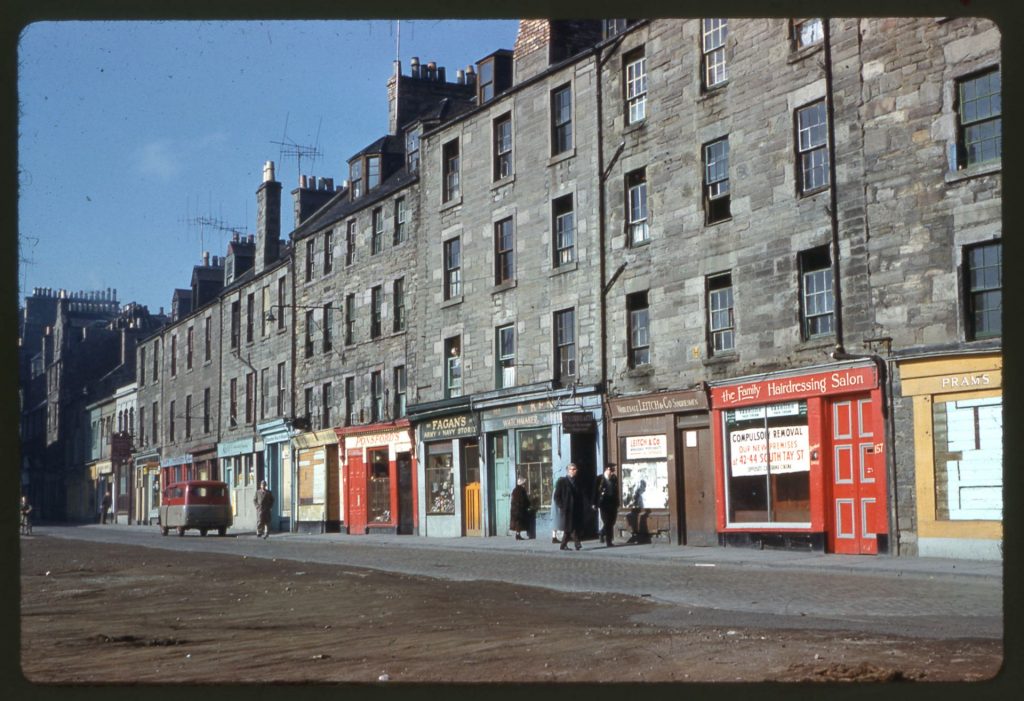
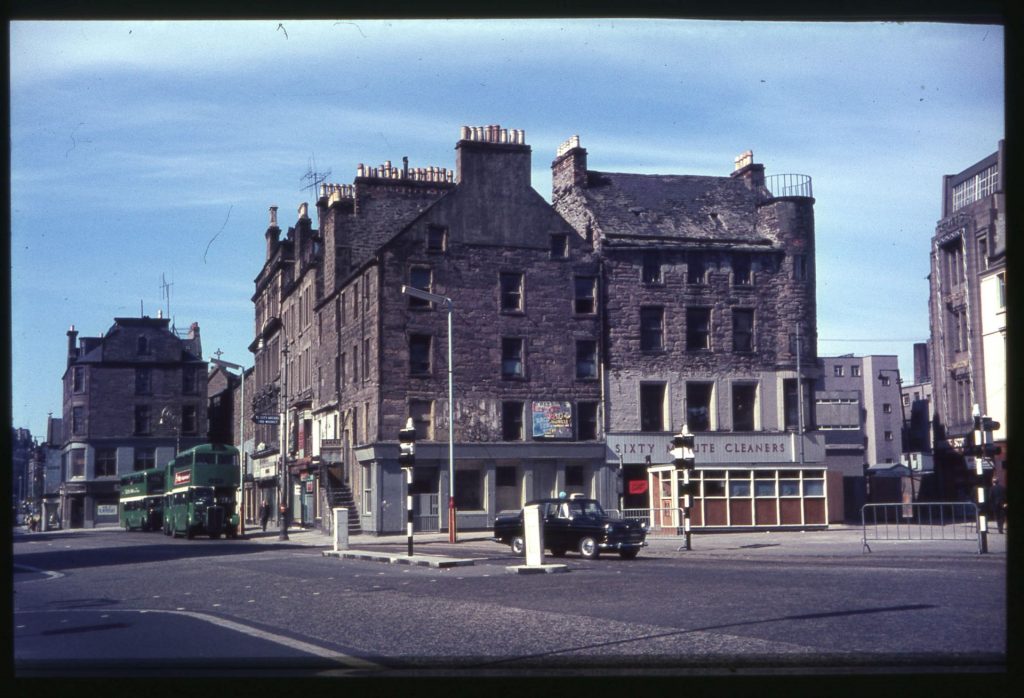
Some radical schemes to transform the street were suggested, but these failed to come to fruition until the 1960s when the Overgate and much of its surroundings were torn down for a new complex that would stretch round the city churches and down to the Nethergate. The buildings lost at this time included the mediaeval Monk’s Lodging (used by General Monk after the storming of Dundee in 1651 and also known as the Duchess of Monmouth’s birthplace among other names) which was on the corner of the Overgate and the High Street.
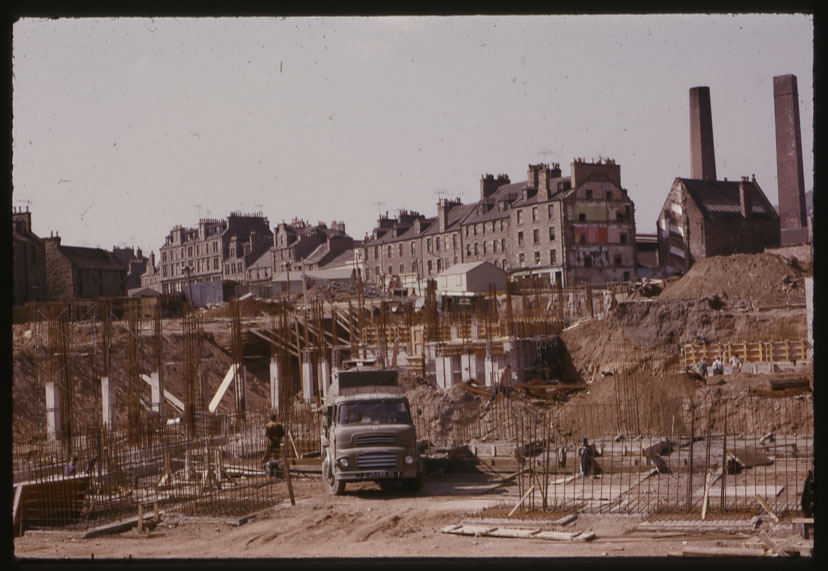

The Overgate Centre which emerged was primarily a shopping complex, but also included offices and the Angus Hotel. Unfortunately, the concrete walkways and brutalist architecture of the centre quickly proved unpopular, and parts were rather poorly lit and gloomy. The development of the Wellgate Centre in the 1970s served to attract shoppers away from the Overgate which by the 1980s was looking rather rundown and neglected.
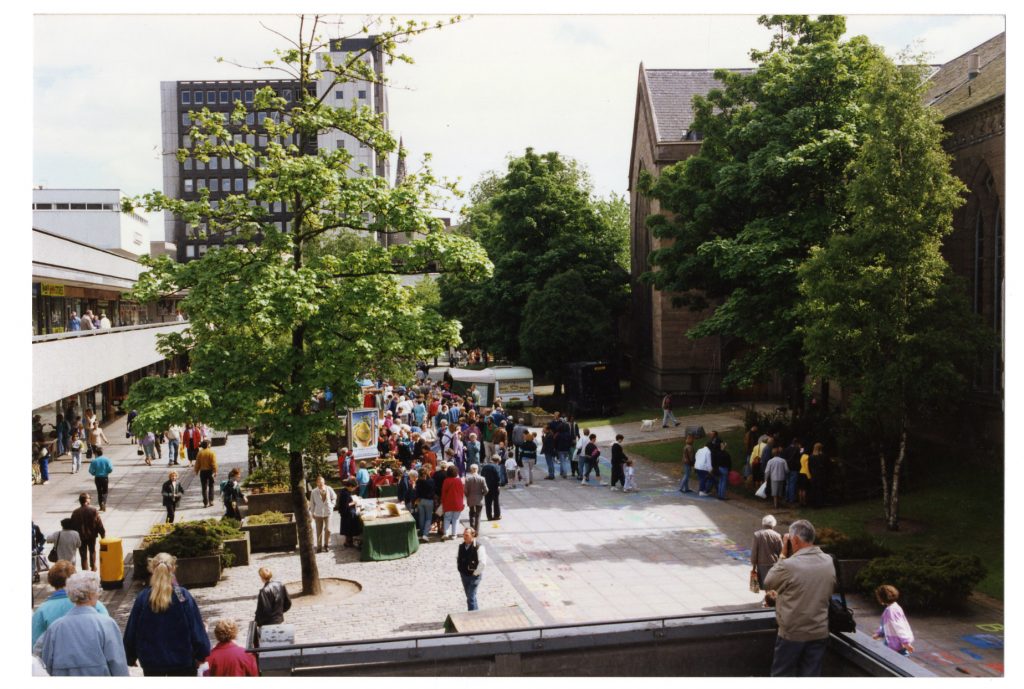
It is not surprising then that by the 1990s there was much speculation about the future of the centre and ideas for redevelopment were regularly mooted. Some even called for the old Overgate to be rebuilt. Eventually it was decided to radically redeveloped the centre. Most of the 1960s structure was completely demolished although some of the eastern end was retained, but dramatically improved.

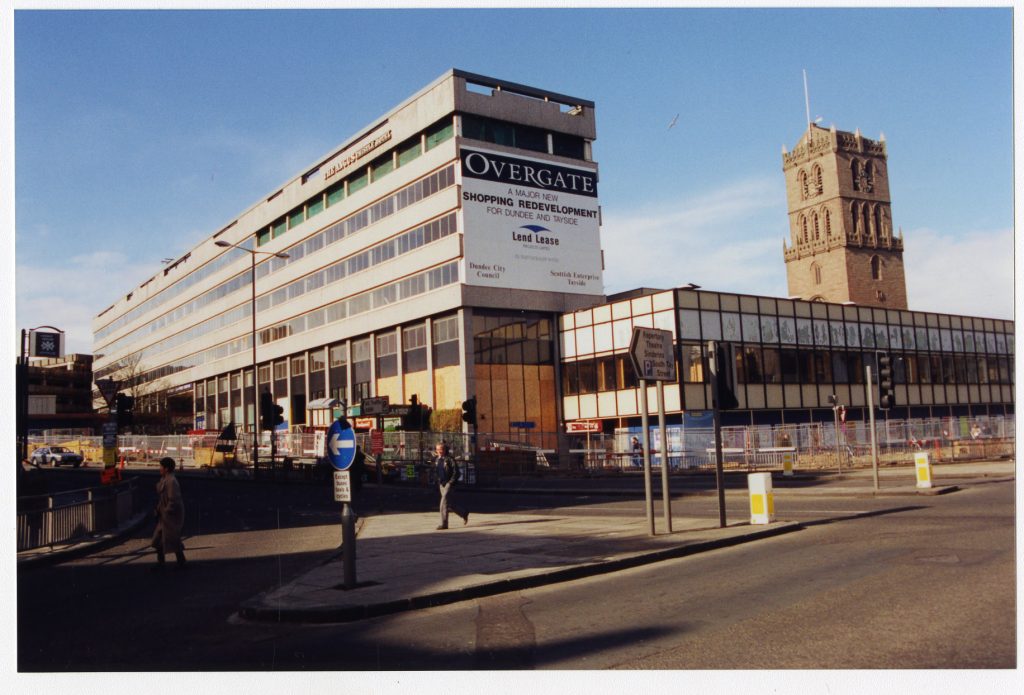
In 2000 the new centre was fully opened and it has proved much more popular than its ill-fated predecessor.
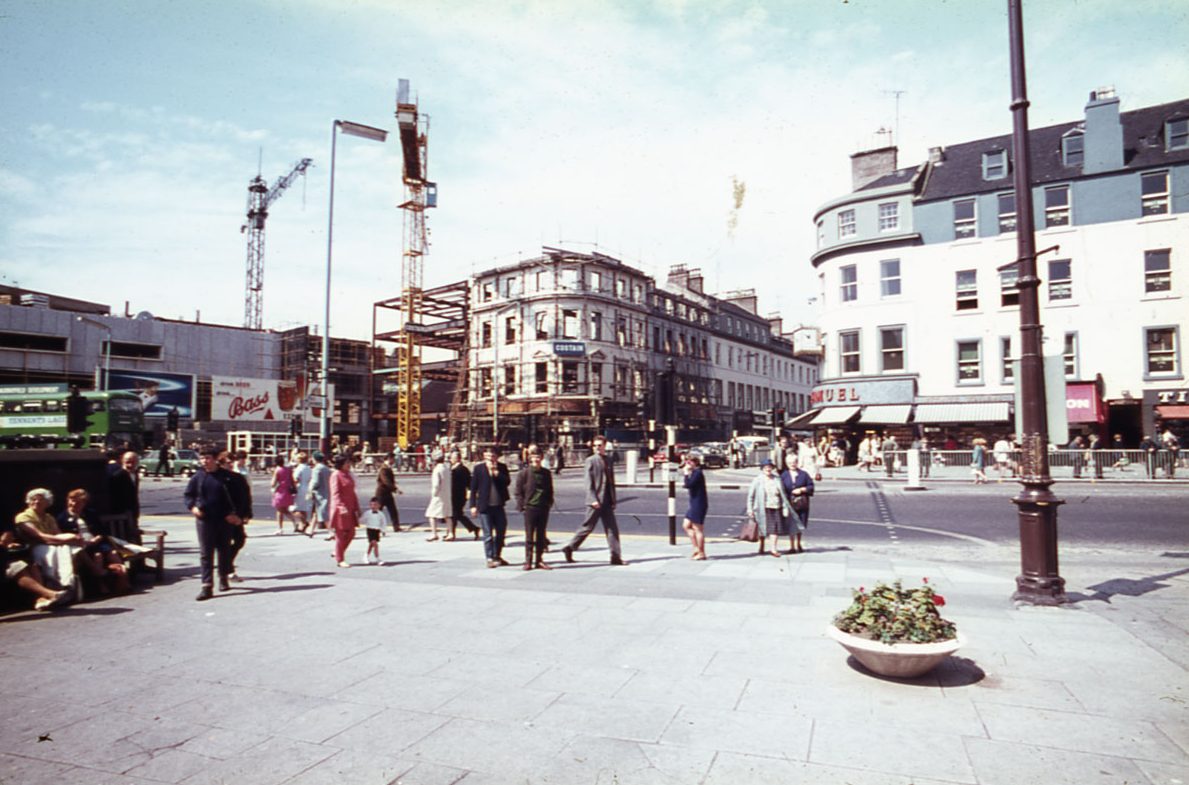
Fantastic article with great photographs.
I was born in Dundee in 1962 so the old Overgate was a mystery to me, but my father always spoke very fondly of it. Your article brought back many happy memories of climbing over the concrete “sculptured shapes” in the west end of the first Overgate complex. I spent many happy times in the Angus Hotel and was sad to see it go, but the new Overgate Shopping centre is a massive improvement.
Thank you for your wonderful history and especially the old photographs.
We’re so glad you enjoyed it, there are other similar blogs that you might like. Sear for Then and Now on the home page. More will be added soon!